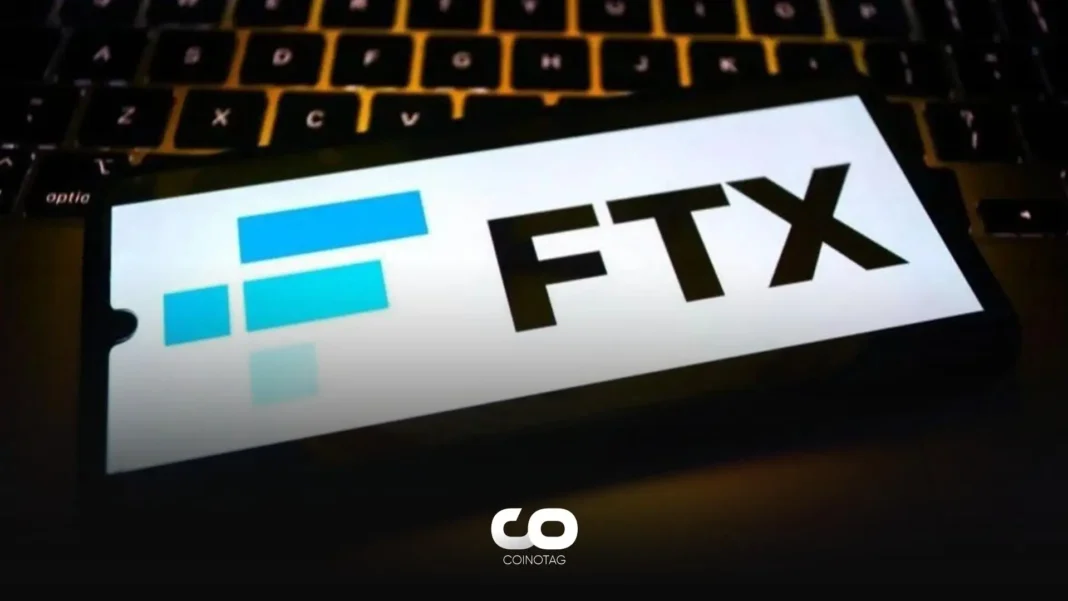- Bitcoin faces a decisive moment as it aims for the $50,000 mark before the next halving in 2024.
- High-cost miners could face significant pressure if Bitcoin doesn’t breach this key level by the target date.
- “Bitcoin prices holding steady at ($28,000-$32,000) is not tenable for a number of crypto companies,” warns Needham’s John Todaro.
Bitcoin’s price movements have always had a ripple effect on crypto mining stocks. With the upcoming Bitcoin halving, these stocks are under the spotlight, and the pressure mounts as analysts predict the pivotal role of Bitcoin’s $50,000 mark.
Current Bitcoin Landscape and Mining Stock Dependencies
Bitcoin, after struggling under the $30,000 umbrella, surged to a commendable $35,000 earlier this week. But the real challenge is the anticipated Bitcoin halving in spring 2024, an event that will potentially slash the revenue of mining companies. For many high-cost miners to remain viable, Bitcoin needs to rally by another 60%. This means that sustaining prices below $32,000 could spell trouble for several crypto entities, more so for the high-cost mining operations.
The Implications of the Halving Event
Occurring every four years, the Bitcoin halving event is more than just a ceremonial milestone in the cryptocurrency’s life cycle. It essentially halves the reward miners receive for validating transactions, thereby impacting a significant part of their revenue stream. This intrinsic property of Bitcoin is designed to curtail the supply of the coin over time. Historically, halving events have set the precedent for substantial bull runs, making it a highly anticipated event among crypto enthusiasts and investors. Post the upcoming halving, experts like Todaro anticipate that lower-cost miners will gain market share, while higher-cost producers might need to curtail their hash power contribution until a favorable Bitcoin price ascent is witnessed.
Major Players and the Challenge Ahead
Among the large mining stocks, Marathon Digital and Riot Platforms lead the pack. Marathon, despite being the larger entity, grapples with higher energy costs and leaner margins. In contrast, Riot enjoys lower power expenses, but its shares are on the pricier side. While Riot and Cipher have been highlighted as promising choices by Needham due to their diversified revenue streams, JPMorgan places its bets on CleanSpark. Notably, despite the looming challenges, shares of these companies have experienced significant upticks over the past week, with Cipher registering a robust 40% jump.
The Hash Rate Conundrum and Other Costs
A rising hash rate, which denotes the computing power used by the Bitcoin network, is a double-edged sword. While it’s a testament to the network’s health and security, it does compromise miners’ revenue. As more miners join the fray and compete for the block rewards, the entire industry’s economics becomes increasingly challenging. Additionally, overheads like electricity and hardware, especially for miners operating with outdated equipment, can further strain profit margins. This precarious balance of costs and revenue makes the trajectory of Bitcoin’s price even more critical for the mining industry.
Conclusion
The intersection of Bitcoin’s price, the forthcoming halving, and the intricacies of mining economics crafts a complex narrative for the future of crypto mining stocks. If Bitcoin manages to rally significantly before the halving, it could mitigate many challenges that miners face. But, if it fails to achieve the target, it could potentially reshape the mining landscape, favoring low-cost miners and compelling high-cost ones to reevaluate their strategies.







